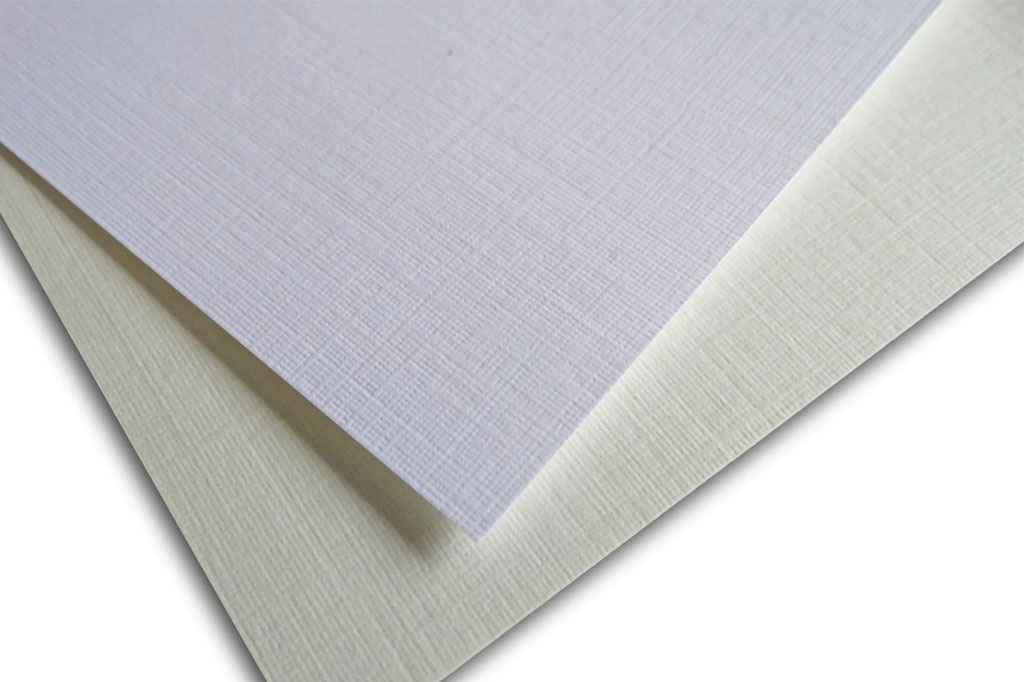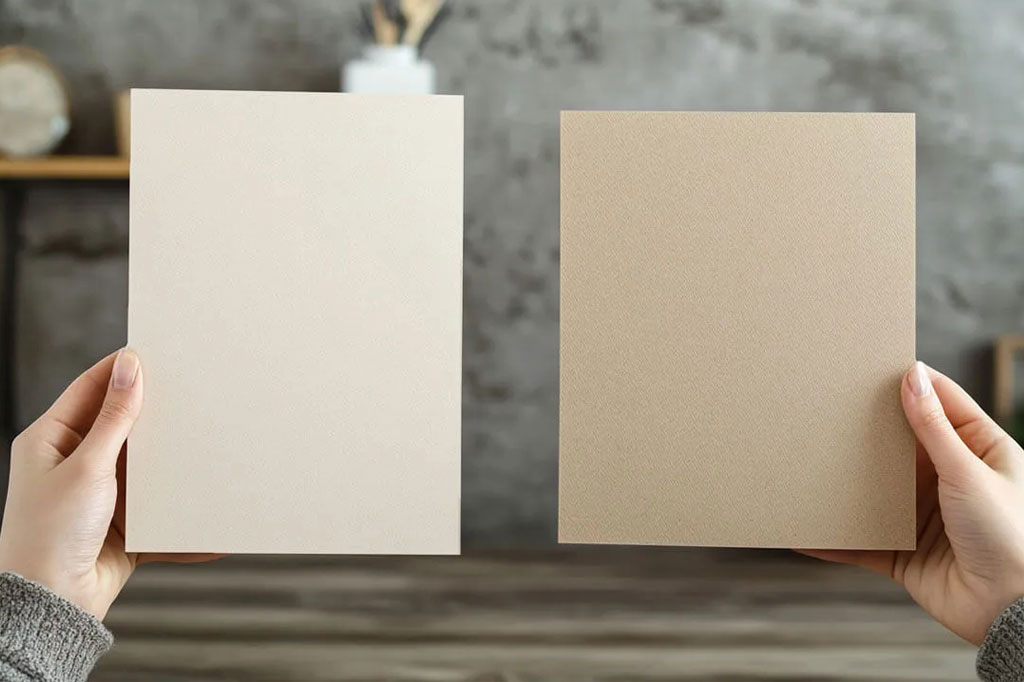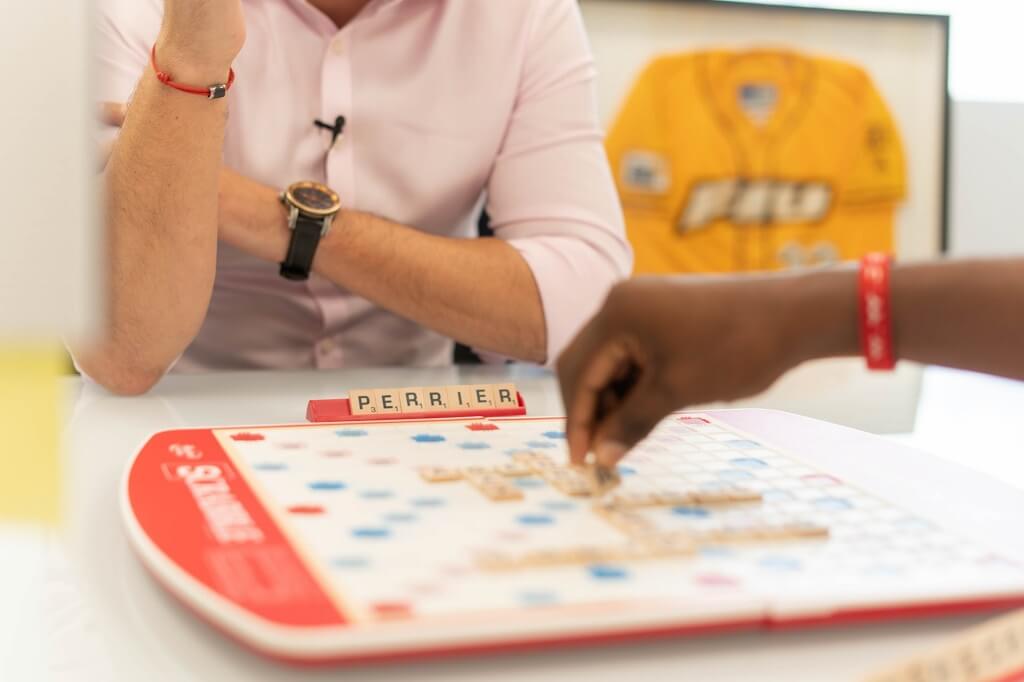One of the most critical choices that can affect the quality, feel, and longevity of your game cards is the type of cardstock used. Cardstock not only determines how durable your cards are but also influences how they shuffle, handle, and present your game to players.
Understanding the various cardstock options is essential for designers and manufacturers who want to produce high-quality custom card games.
Table of Contents
Understanding Cardstock
Cardstock refers to the thick paper or paperboard used to make playing cards. Unlike regular printing paper, cardstock is designed to be durable, rigid, and flexible enough to withstand repeated use. It is typically made up of multiple layers, including the core, inner layers, and the outer finish. The combination of these layers impacts the card’s weight, thickness, stiffness, and surface feel.
When selecting cardstock, manufacturers consider several key factors:
- Thickness (GSM or Points): Indicates the weight or density of the card. Heavier cards feel more luxurious and durable but may be harder to shuffle.
- Finish: Refers to the surface texture of the card. Options include smooth, linen, or coated finishes that affect handling and print quality.
- Durability: Determines how resistant the card is to bending, tearing, and moisture.
- Flexibility: Balances stiffness with ease of handling, shuffling, and dealing.
- Print Compatibility: Ensures the cardstock works well with your desired printing method, whether it is offset printing, digital printing, or screen printing.
Common Cardstock Options
1. Standard Paperboard
Standard paperboard is the most basic and cost-effective option for card games. It is usually made from recycled fibers and has a single-layer construction. While this type of cardstock is affordable and suitable for prototypes or casual games, it lacks durability and can wear out quickly. Cards made from standard paperboard may bend, crease, or fray with frequent use.
|
|
Ideal For: Prototypes, promotional cards, or games with limited runs.
2. Linen Finish Cardstock

Linen finish cardstock features a textured surface that resembles fine fabric. The embossed pattern provides a tactile feel that improves handling and shuffling. Linen cardstock is often used in professional trading card games and high-quality board games because it offers durability while maintaining flexibility.
|
|
Ideal For: Custom board games, trading cards, and high-end card games.
3. Coated Cardstock (UV or Aqueous Coating)
Coated cardstock has a smooth surface treated with a protective layer such as UV or aqueous coating. This finish enhances color vibrancy, makes cards resistant to fingerprints, and increases longevity. Coated cards are easy to shuffle and have a luxurious feel, making them ideal for collectible or premium games.
|
|
Ideal For: Premium card games, collectible card games, and luxury editions.
4. Black Core or Colored Core Cardstock
Black core cardstock has a black layer in the middle, which prevents light from passing through the card. The feature proves especially helpful in games involving hidden information or deception, such as bluffing and strategy games. Colored core options are also available for creative effects and visual appeal.
|
|
Ideal For: Competitive card games, strategy-based games, and collectible card games.
5. Plastic or PVC Cardstock
Plastic cardstock, often made from PVC, provides extreme durability and resistance to moisture, bending, and tearing. These cards can last for years and are easy to clean. Plastic cards are ideal for games played outdoors or in environments where frequent handling occurs.
|
|
Ideal For: Specialty games, travel games, and cards used in high-humidity environments.
Choosing the Right Cardstock
Selecting the appropriate cardstock requires balancing durability, feel, aesthetics, and cost. Here are some considerations to help in making the decision:
- Game Type: Fast-paced games that require constant shuffling may benefit from linen or coated stock. Games with hidden information may require black core cardstock.
- Budget: Standard paperboard is affordable, making it suitable for prototypes, while coated or plastic stocks suit premium editions.
- Handling Experience: Consider how the cards will feel during gameplay. Players often appreciate a smooth shuffle and consistent handling.
- Print and Design Requirements: Some finishes, like linen, can slightly affect print clarity, so artwork should be designed accordingly. Coated stocks enhance color vibrancy for visually detailed designs.
- Environmental Impact: For eco-conscious projects, paperboard or FSC-certified cardstock offers a sustainable option. Plastic cards, while durable, have a higher environmental footprint.




